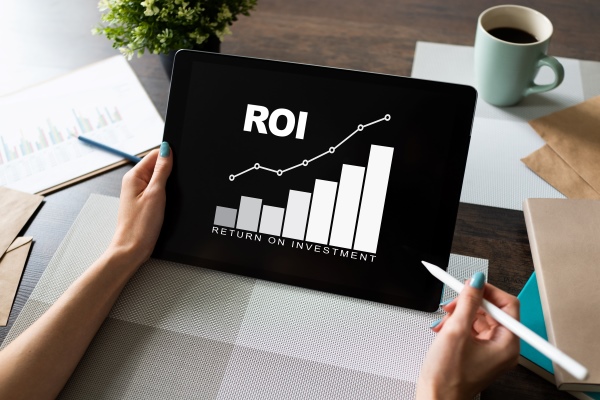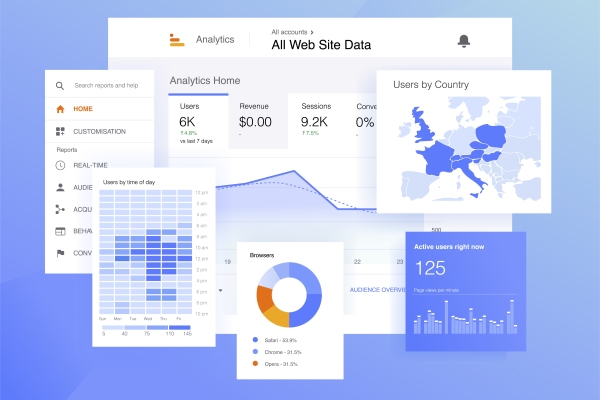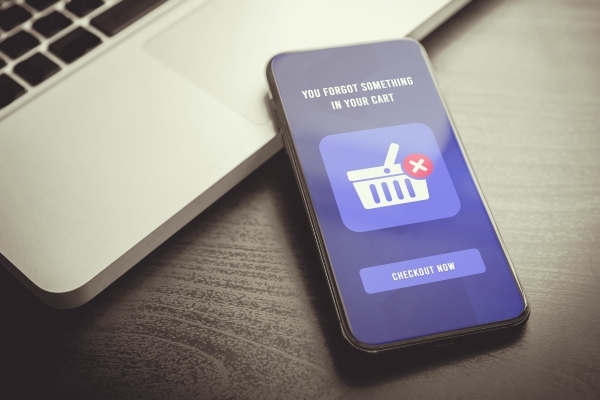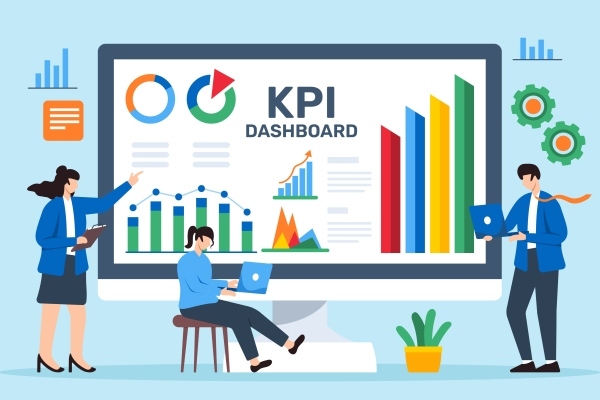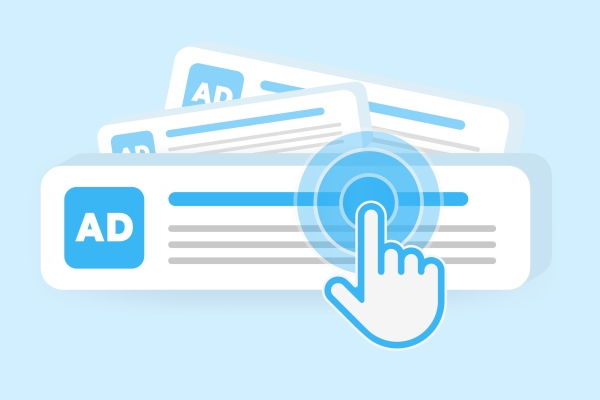
Is Investing in Paid Advertising Services Justifiable?
Paid advertising services have become a crucial element for businesses aiming to enhance their online presence and reach a wider audience. As digital marketing continues to evolve, companies are increasingly turning to these services to achieve quick and measurable results. This shift underscores the growing importance of digital marketing strategies in driving business growth and customer engagement. This article aims to delve into the value and effectiveness of investing in paid advertising services. By examining their benefits, costs, and potential challenges, we will provide a comprehensive analysis to help businesses determine whether these services are a worthwhile investment.
Understanding Paid Advertising Services
Paid advertising services encompass a range of strategies designed to promote businesses and products through paid channels. These services are diverse, each with unique features and advantages:
- Pay-Per-Click (PPC): Advertisers pay a fee each time their ad is clicked, commonly used in search engine advertising like Google Ads.
- Social Media Advertising: Promoting content on platforms such as Facebook, Instagram, and Twitter to reach specific demographics.
- Display Advertising: Banner ads displayed on websites, often through networks like Google Display Network.
- Influencer Marketing: Collaborating with influential figures on social media to promote products.
- Native Advertising: Ads designed to blend seamlessly with the content in which they appear, providing a less intrusive user experience.
Key platforms facilitating these advertising strategies include Google Ads, Facebook Ads, Instagram Ads, LinkedIn Ads, and Twitter Ads. Each platform offers distinct targeting capabilities, ad formats, and analytics, enabling businesses to tailor their campaigns to their specific goals and audiences. Understanding these services and platforms is essential for leveraging paid advertising effectively.
Benefits of Paid Advertising Services
Paid advertising services offer several significant benefits for businesses. They provide immediate visibility and reach, allowing companies to quickly connect with a large audience. Through targeted audience segmentation, businesses can tailor their ads to specific demographics, ensuring they reach the most relevant potential customers. Paid advertising also offers measurable results and return on investment (ROI), enabling businesses to track the effectiveness of their campaigns precisely. Enhanced brand awareness is another key benefit, as ads can increase recognition and recall among consumers. Additionally, these services offer flexibility and scalability, allowing businesses to adjust their strategies and budgets as needed to maximise impact.
Costs and Budget Considerations
Understanding the costs and budget considerations for paid advertising services is crucial for effective campaign planning. Different advertising platforms, such as Google Ads, Facebook Ads, and Instagram Ads, have varying cost structures, typically based on models like pay-per-click (PPC) or cost-per-impression (CPM). Several factors influence these costs, including the industry, competition levels, and the specifics of targeting options like demographics and interests. Setting a budget for paid advertising requires careful analysis of these factors, balancing the potential return on investment (ROI) with the company’s financial capacity. Proper budget allocation ensures that advertising efforts are both effective and sustainable.
Evaluating the Effectiveness of Paid Advertising
Evaluating the effectiveness of paid advertising is essential for optimising campaigns and ensuring a good return on investment. Key performance indicators (KPIs) are crucial in this process, helping to measure various aspects of success:
- Click-through rates (CTR): This metric indicates how often people click on an ad after seeing it, reflecting the ad’s ability to attract attention.
- Conversion rates: This measures the percentage of ad clicks that result in desired actions, such as purchases or sign-ups, indicating the ad’s effectiveness in driving specific outcomes.
- Cost per acquisition (CPA): This KPI calculates the cost associated with acquiring a new customer or lead, helping to assess the efficiency of the ad spend.
- Return on investment (ROI): This metric evaluates the revenue generated for every dollar spent on advertising, providing insights into the overall profitability of the campaign.
To track these KPIs, various tools and analytics platforms are available:
- Google Analytics: Offers comprehensive tracking and reporting features for website traffic and conversions.
- Facebook Ads Manager: Provides detailed insights into ad performance on Facebook and Instagram.
- Google Ads: Includes built-in analytics for monitoring PPC campaigns.
- Third-party analytics tools: Such as SEMrush and HubSpot, which offer advanced tracking and reporting capabilities.
Using these tools, businesses can continuously monitor and adjust their campaigns to maximise effectiveness and ROI.
Challenges and Pitfalls
Paid advertising, while beneficial, comes with several challenges and pitfalls that businesses must navigate.
Potential risks and downsides:
- High costs with low returns: Investing heavily in paid ads can sometimes lead to disappointing ROI if not managed properly.
- Ad fatigue and banner blindness: Overexposure to the same ads can cause users to ignore them, reducing their effectiveness.
- Increased competition and bid prices: High competition can drive up the cost of ad placements, making it more expensive to achieve desired results.
Common mistakes to avoid:
- Poor targeting: Not defining the audience correctly can lead to wasted ad spend.
- Ignoring ad performance data: Failing to monitor and adjust campaigns based on performance metrics can result in continued poor performance.
- Overlooking ad creatives: Using unattractive or irrelevant ad creatives can fail to engage the audience.
Strategies to mitigate these challenges:
- Optimising targeting: Regularly refine audience segments to ensure ads reach the most relevant users.
- Monitoring and adjusting campaigns: Use analytics to track performance and make necessary adjustments.
- Refreshing ad creatives: Regularly update ad content to prevent ad fatigue and maintain user engagement.
- Competitive analysis: Monitor competitor strategies and adjust bids to stay competitive while managing costs.
By understanding these challenges and implementing strategies to mitigate them, businesses can enhance the effectiveness and efficiency of their paid advertising efforts.
Comparison with Organic Marketing
Organic marketing strategies, such as SEO, content marketing, and social media engagement, focus on building a natural online presence without direct costs for placements. While organic marketing often leads to sustained long-term growth and credibility, it can take time to see results. In contrast, paid marketing offers immediate visibility but at a financial cost. Each method has its pros and cons; organic marketing builds trust and longevity, whereas paid marketing provides quick, targeted exposure. Ideally, businesses should integrate both approaches to maximise reach and effectiveness, using paid ads for immediate impact and organic strategies for ongoing engagement and trust-building.
In summary, paid advertising services offer immediate visibility, targeted audience reach, and measurable results, making them a valuable tool for businesses. Despite challenges such as high costs and ad fatigue, strategic planning and proper budget allocation can mitigate these issues. Investing in paid advertising can be highly worthwhile, especially when combined with organic marketing strategies for a balanced approach. Businesses considering paid advertising should focus on optimising targeting, regularly updating ad creatives, and monitoring performance metrics to ensure a good return on investment and sustained success in their marketing efforts.



